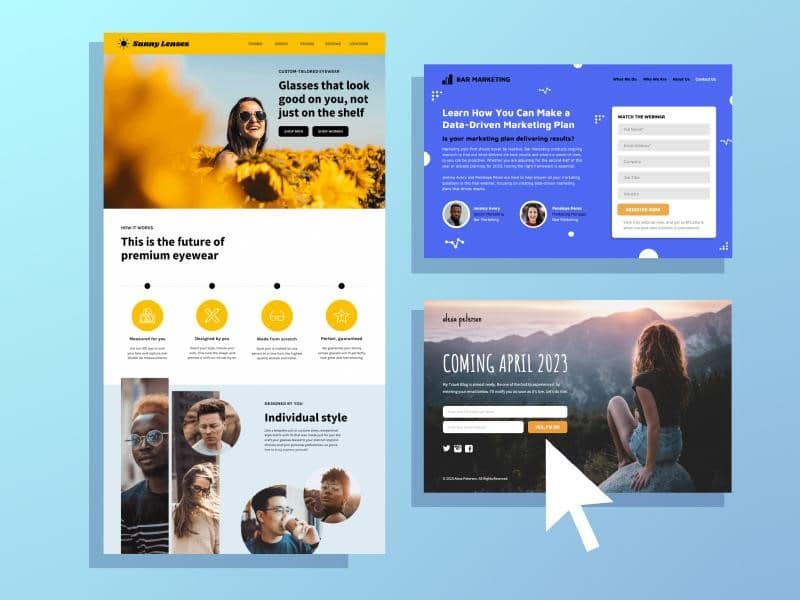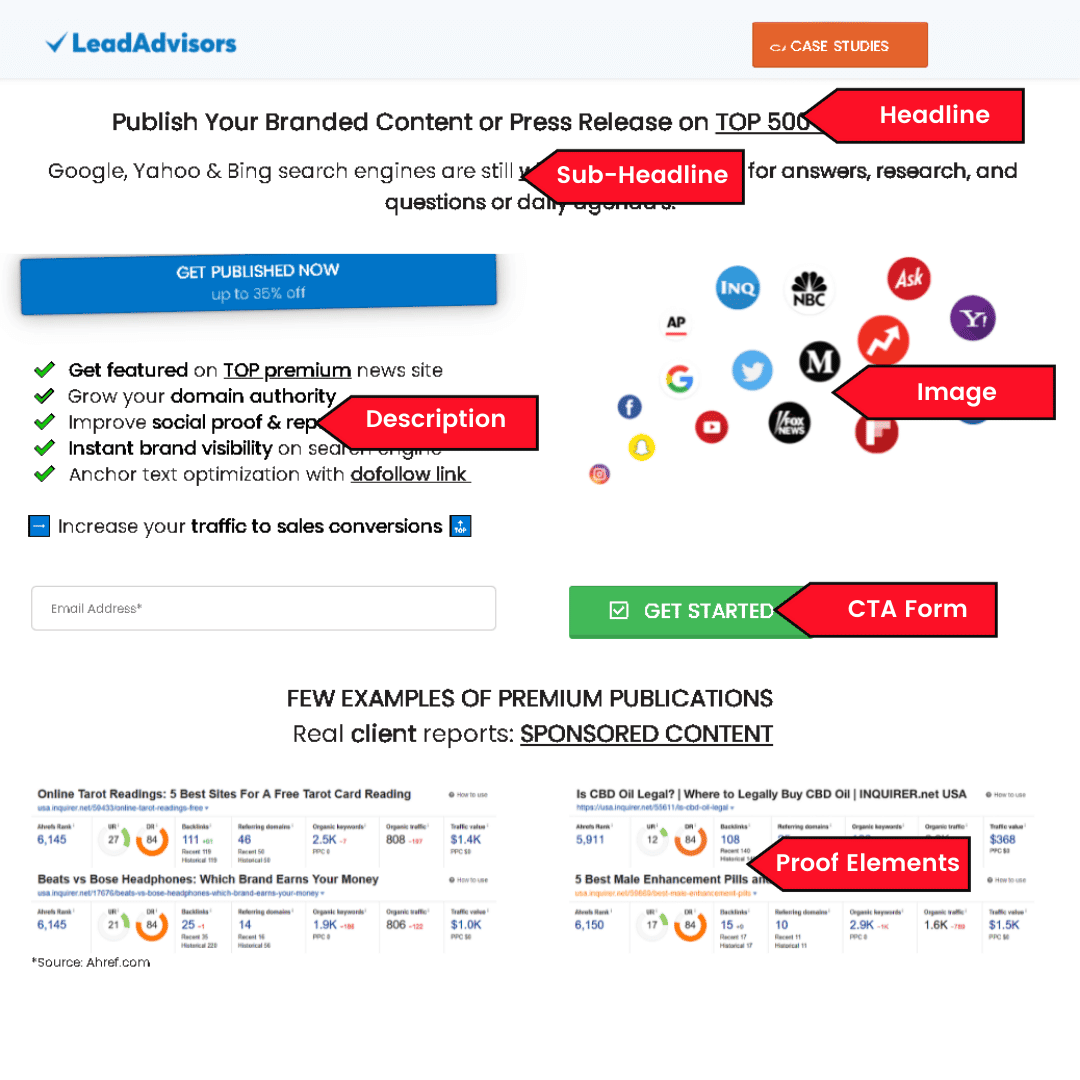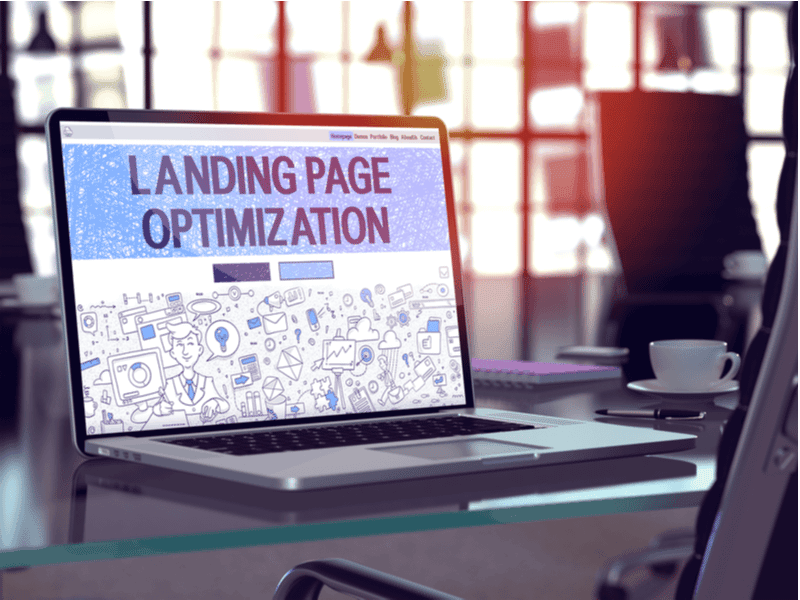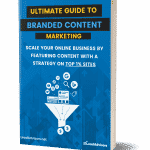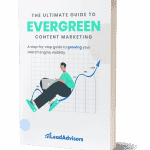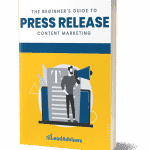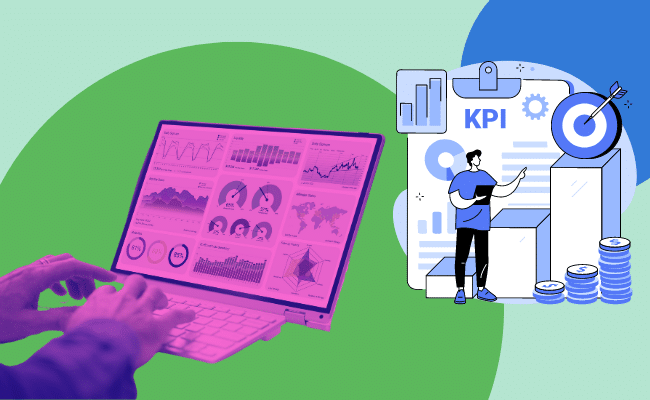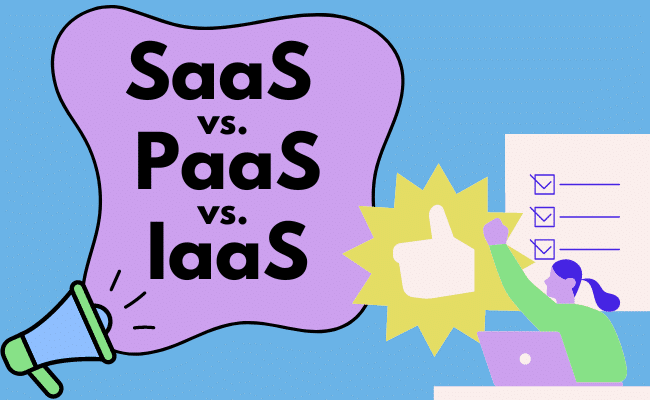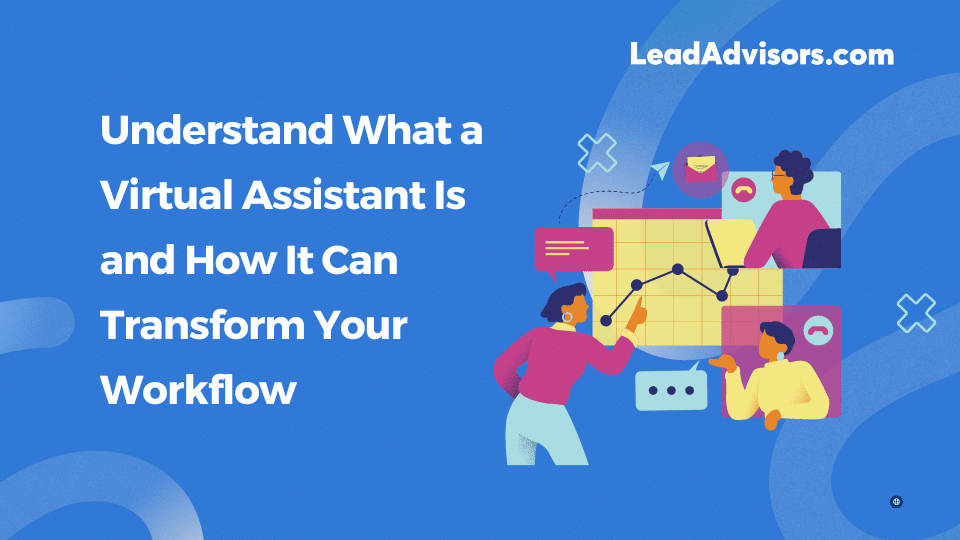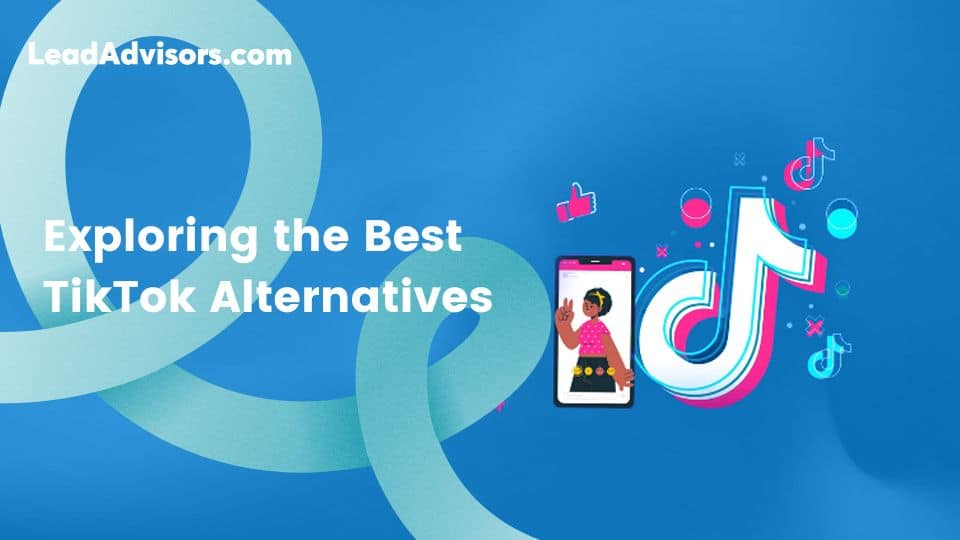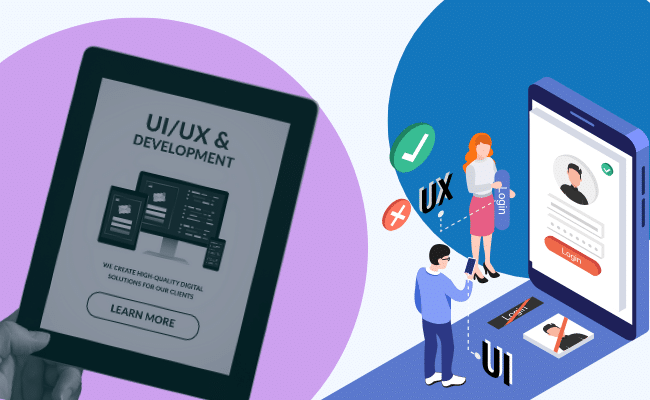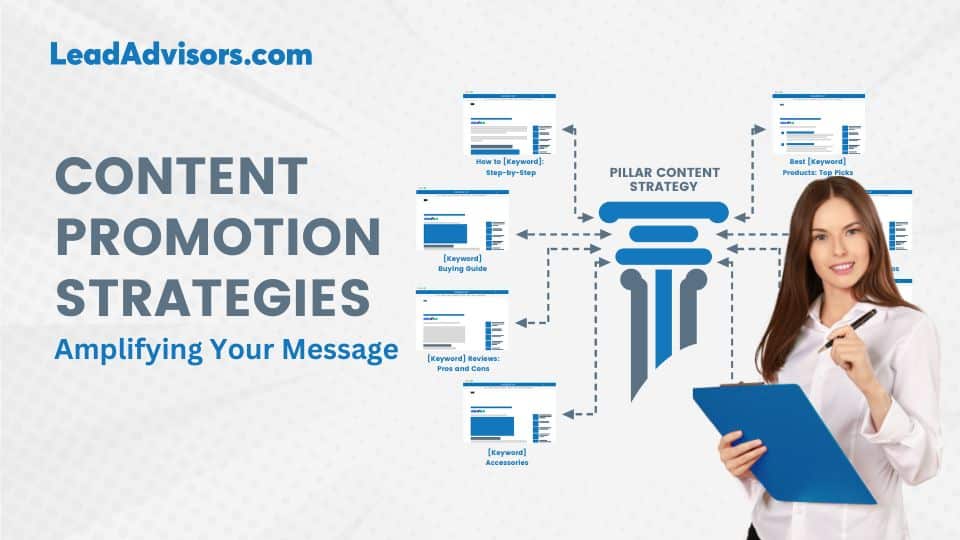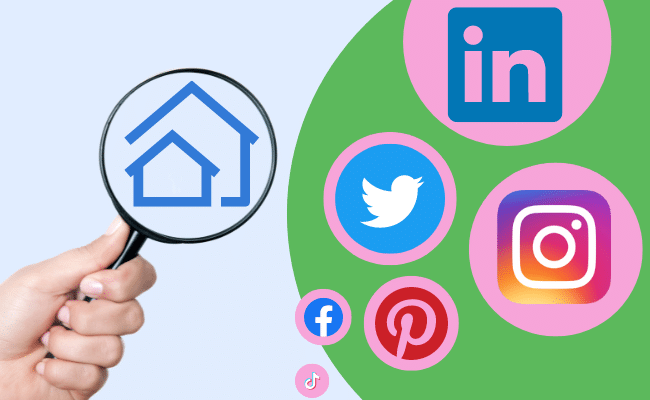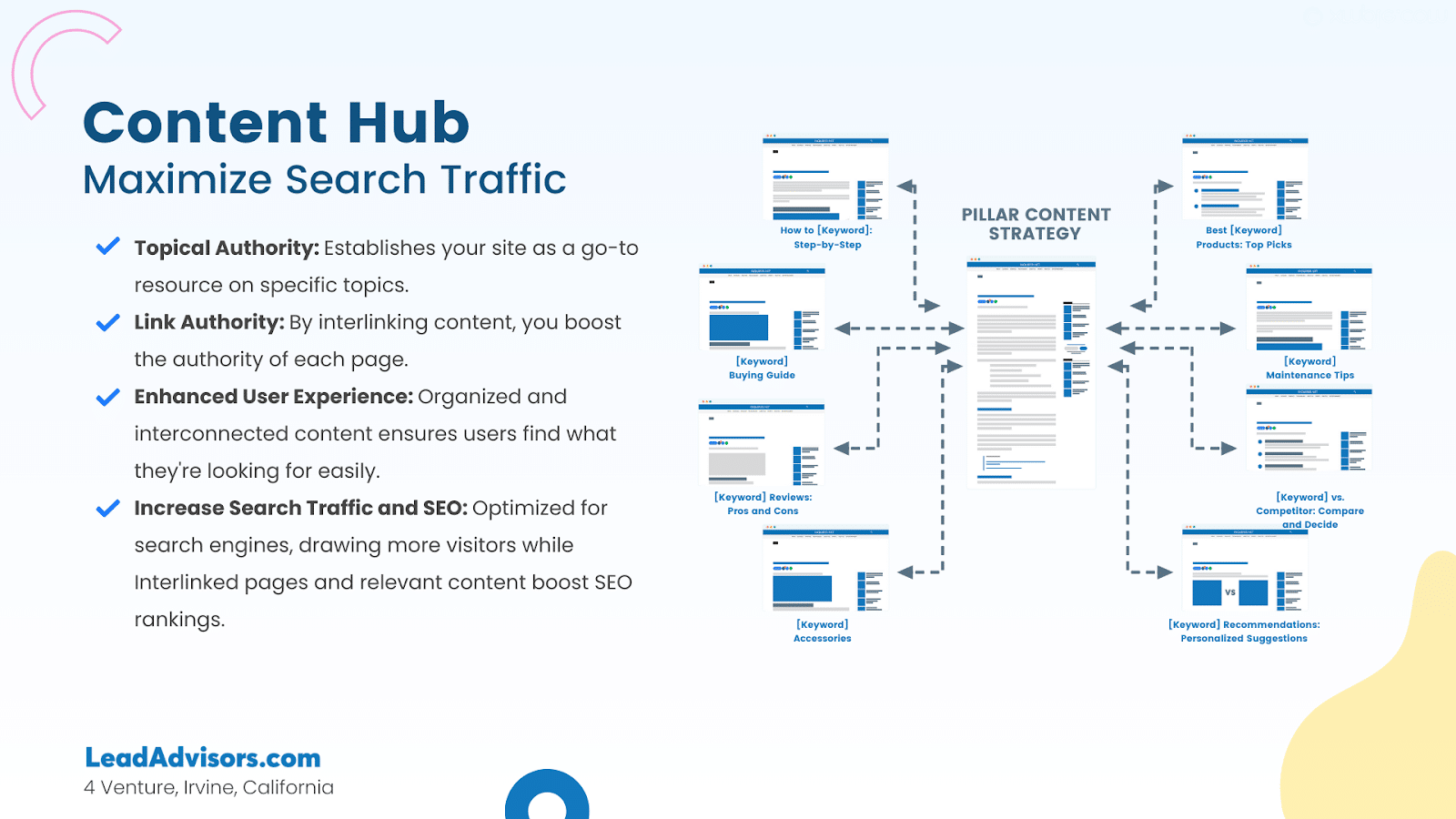Even with all the hype around social media sales and digital marketing, websites and landing pages still play an essential role in a company’s online presence. Ideally, there are critical strategies in designing a site, creating social media pages, and generating content that helps grow and engage your visitors with features.
Using a website and a landing page helps draw in traffic and spark interest in a product, service, or mission, giving more value to your brand. Landing pages are a great way to communicate a message in a simple, direct way.
Understanding how to take advantage of both tools is vital to building a great online and social proof brand.
Here are seven ways to differentiate between a landing page and a website to help businesses use both effectively.
What is a Website and a Landing Page?
Many people believe that a website and a landing page are the same. However, there are some crucial distinctions between the two. Understanding the difference can help you utilize each tool better to achieve your marketing goals.
What is a Website?
A website is a group of related web pages, usually including a homepage, typically hosted on the same domain. It’s typically used to provide access to information about an organization or individual, promote a brand, and may include pages dedicated to specific topics or product offerings.
Think of it as an online brochure for a visitor. It’s a place to learn about a company and its founding team, browse prices, and read a blog post. Each web page should be easy to navigate and understand for users.
Websites are best used for:
Share information with a large audience
Conduct transactions
Provide a user-friendly experience
What is a Landing page?
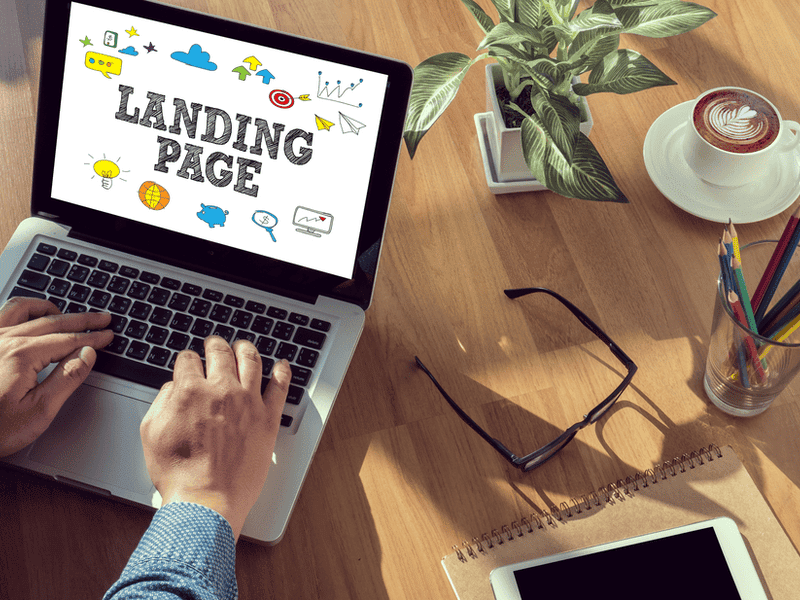
To achieve its goal, a landing page usually includes action-oriented inbound marketing text, a picture of the product, and a form to fill out sales conversion. It may also include information about the offered product or service and persuasive copy, and calls to action.
While websites are often multi-purpose, landing pages are single-minded in their focus on conversion and driving sales.
A landing page should always represent your brand in its fullest form (in other words, don’t use it as an “about me” section of sorts), so this means including a picture or two and colors that help convey how you feel about your company’s values. This can make all the difference when trying to attract a certain demographic.
A landing page allows for more time-intensive copywriting without sacrificing content quality – which helps set up expectations accordingly and provides higher conversion rates.
This type of page is best used for:
Pay-per-click advertising
Promote lead magnets for more traffic
Grab the attention of a visitor
Attract different audiences
Landing Pages vs. Websites
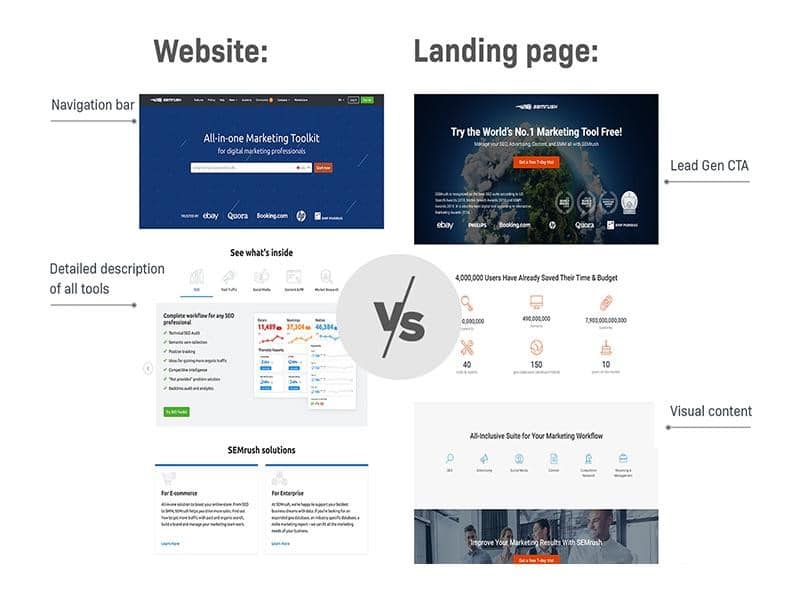
In contrast, a landing page is a specific page on your website designed to convert visitors into customers, boosting your traffic. Unlike your website as a whole, which is meant to be informative, this specific page should focus on a single call to action (CTA). It typically includes features like an eye-catching headline, persuasive copy, and a lead capture form.
In short, a website is where you tell people about your business, while a landing page is where you actually do business.
Here are a few differences between websites and landing pages.
Websites Tell the Corporate Story

If a company wants a long-term online presence, it will be hard to build a lasting audience with just a landing page vs. the web. Leads and partners want to see a web page like a home page or product web page, implying that a business is established and reputable.
Another great benefit of websites is companies can include a Frequently Asked Questions web page (FAQs). This helps save time from having to answer the same questions repeatedly.
Full services websites are fantastic for customers or partners who want to see the company as a whole.
Websites Track Behavior to Increase Conversion
Companies can also use websites to their advantage to track user behavior. Web designers can see what links and what picture visitors click on the page design and what routes they take through the website.
Understanding visitor behavior can help companies build a website that effectively captures their interests. They can place products or pricing information in optimal locations with the most viewership.
Landing Pages are a Call to Action

A too short landing page can leave the visitor uncertain about the offer, while one that’s too long can muddle the message. The best landing pages are calls to action that trigger customers to click and purchase or go to other conversion forms.
They either get a potential customer’s information or guide a sale or business transaction from social proof.
How many landing pages should a website have?

Every landing page should contain a different call-to-action to entice visitor engagement. A website can also be made up of multiple pages with similar content, such as “About Us” and “Contact Information/Location” pages. More focused sites often rank higher in search results.
With higher search results, more visitors are likely to see your site
6 Best Practices for Every Landing Page
A landing page is a single web page that appears when customers click on an advertisement or link. It is the first impression of your brand, product, or service, and thus it has to be perfect. If you do not have the right elements on your pages, chances are they will not convert at all.
Here are 6 best practices to help you get started on creating landing pages with higher conversion rates.
Beneficial Headline – Title or main topic of your content
Descriptive Subheadline – This is for if you have a similar subtopic to your headline
Images – Eye-catching, interesting graphics or relatable images about your content
Concise Description – A short description or paragraph describing what your landing page contains
CTA Form – Call to Action (CTA) form is essential to help make those curious visitors into potential clients
Proof Elements – If you work with reputable brands or clients, add their logo.
added this link since it’s from hubspot. Can take out if needed.
What is a Landing Page When Talking About Digital Marketing?

Landing Pages are Lead Generation Machines
Not everyone is ready to buy something the first time they see it, and online shoppers need multiple interactions with a product before they convert to paying customers.
However, landing pages are suitable for changing leads to customers with a click of a button.Many customers are happy to click and fill out a form to access links to more information, a free sample, or another free product.
Effective businesses collect email addresses in an email list and re-target those customers with ads after a certain period. Once shoppers see the product or offer again, they’ll feel more comfortable purchasing.
Landing Pages are Affordable and Easily Adapted
A landing page is short and easy to build, so it’s more affordable than a website. More often than not, they’re free to design! Companies with well-thought-out online marketing strategies make multiple pages for their website.
Each landing page will appeal to a different user demographic or budget. Many businesses go through several iterations of a landing page before one strikes a chord on the web. There may be something different in the web copy or another picture that resonates with buyers as they search the web.
Regardless, it takes time and testing to get things right.
Websites Have Larger Product Selection
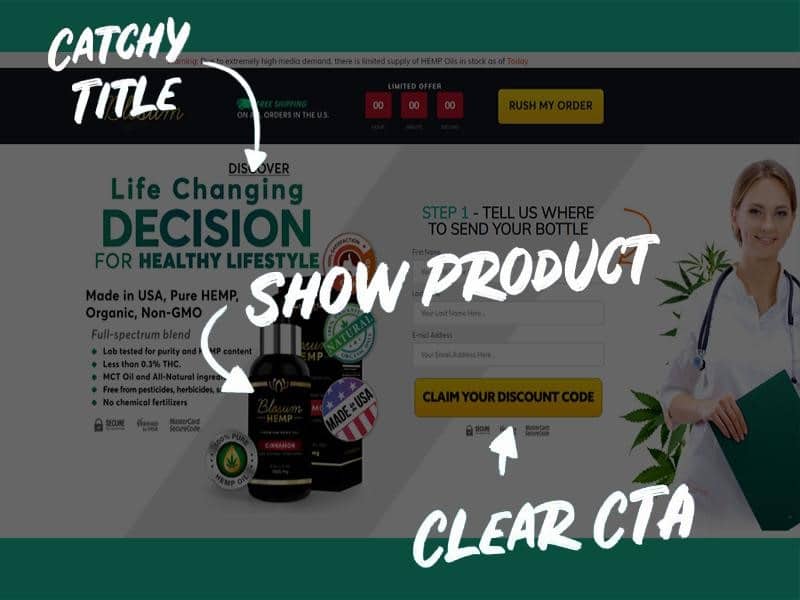
A landing page should only focus on a single product or offer to be effective. The point is to keep the visitor focused and lead to some eventual action.
On the other hand, websites have the room to list several products. They provide customers access to new items or services. They’re great at expanding customer and partner relationships.
How does a web page help a business?
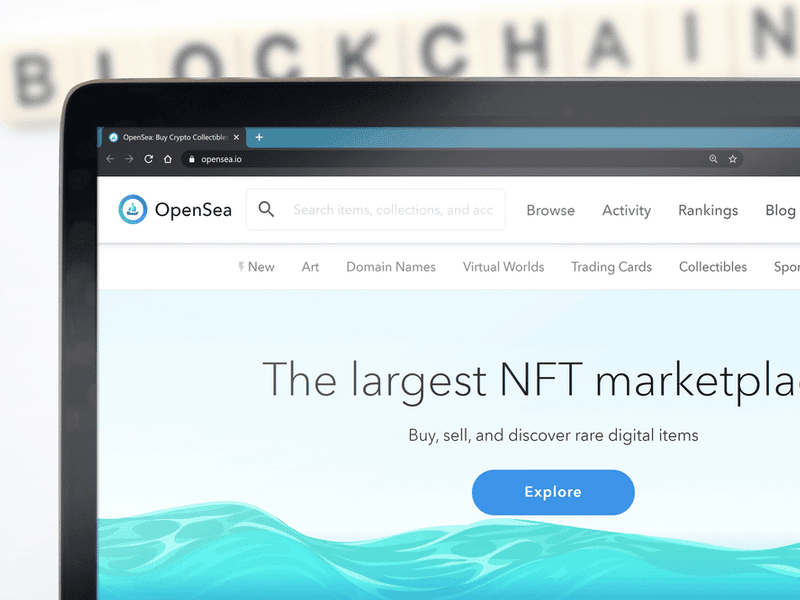
What are some benefits of web design? Well, web designers have many tools to create interactive websites with features such as videos.
Web designers must know what they want before beginning. This entails deciding on objectives for website visitors, SEO strategy, and content for social channels and planning how often it will be updated. Websites should also account for mobile devices so that people browsing from smartphones or tablets have the same experience. For example, no one wants to click on half of a homepage.
An important decision is choosing which hosting platform best fits your needs.
How to make sure your site is successful?
A website may sometimes be referred to as a “hub”- it houses all the content you post but can become overwhelming with so many different pages on your homepage. On the other hand, a landing page is designed specifically for one particular purpose, eliminating that problem – making it easier for you, your readers, and Google!
This also means that if customers click away without signing up, they’ll see what they were looking for instead of being taken back to a homepage or some random old article.
We’re not saying that websites should never have more than one function (that would defeat the point). When setting out in business, make sure every webpage has a specific goal before moving on to design another- this way, you’ll always know where people are going. For example, your homepage should be concise and guide visitors to the post, page, or video they search for.
Content Delivery on A Landing Page vs. Website Page

Content on a landing web page needs to be short and to the point. Companies are increasingly using short video clips to explain or highlight a product, and they’ll include before and after pictures or the results of a service they provide.
Websites have virtually no limit on the amount of content they can host or generate. Most businesses house a blog post or web seminars on their website, and they post newsletters to keep audiences engaged. A visitor has easy access to the content through helpful homepage links.
They work hand in hand to boost visitor traffic and close sales. Websites advertise services and tell the story. They work best when they drive traffic and increase brand visibility.
Understanding the distinctions and how to use each one is a hallmark of every successful business. Set up an appointment today to get the most out of your business web pages.
Landing Page Optimization Tools
A/B testing to see which page converts best.
Heatmaps and scroll maps to find out where people click on the page.
Split URL Testing – Run two different versions of a web page simultaneously, with one version as your control group– then compare conversion rates between the two groups.
Landing Page Optimizer: Get insights into how visitors interact with content on a landing page so you can optimize for better conversions.”Landing Page vs. Web Page” “This post is about what makes them different from each other and why businesses should have both types of websites!”
The point of this blog post is that there’s more than just one way to get online traffic. It all depends on your goals!
Why choose a landing page instead of a website?
A Landing page is designed for specific campaign launches and generating email subscribers or visitors through lead forms.
Lead generation is the primary reason many businesses create a landing page and not websites. If you’re trying to generate more traffic through your website, it needs more than contact info and basic marketing content.
Final Thoughts
If you work in digital marketing, have a product or service to offer, or are trying to promote your mission, a web page can be an invaluable tool. The landing page helps drive the right message home by using simple language that directs attention towards one goal.
It’s also important for marketers who want people to take action on their site-based content to use website design landing pages together when communicating a message. Knowing the difference between the two will bring your brand success in the long run.

